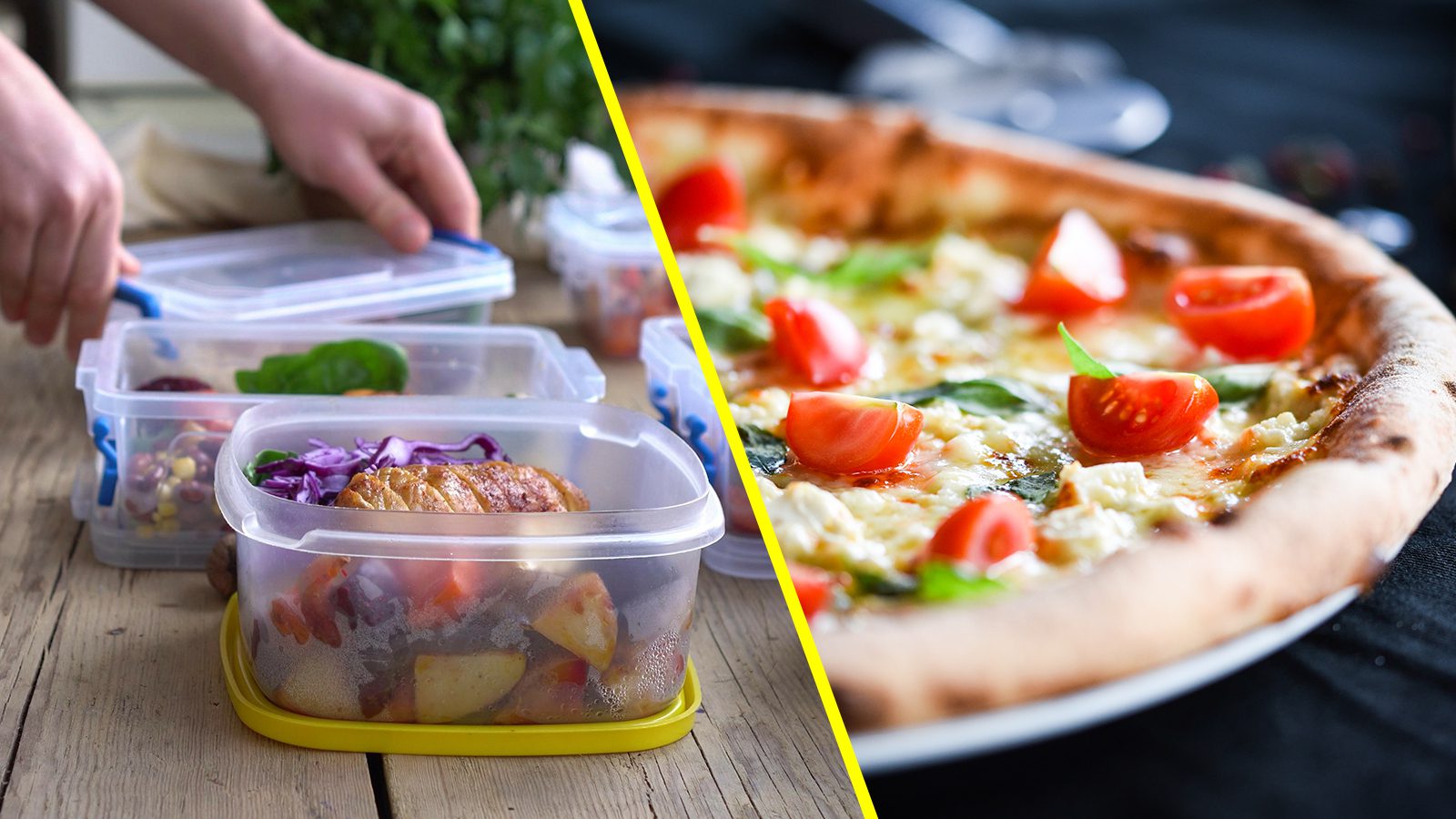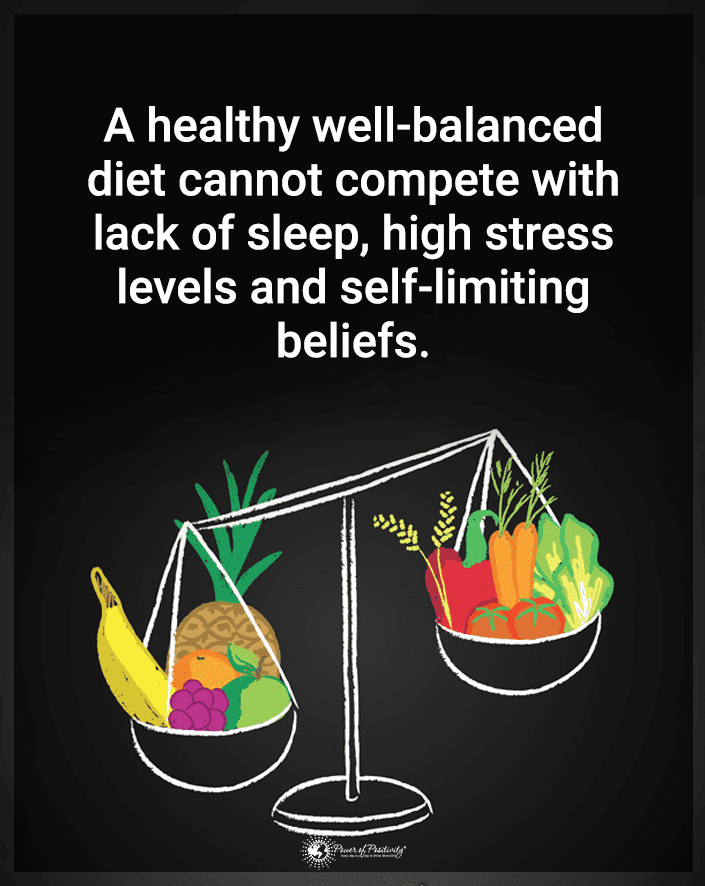A large percentage of food in the United States gets wasted. Some foods are lost commercially by grocery stores, restaurants, or other food producers, but some food waste occurs in people’s homes. No one wants to contribute to wasting food, especially considering the increasing number of people struggling with food insecurity. You can make a difference in stopping food waste.
Fifteen Ways to Stop Wasting Food
Here are fifteen ways you can stop wasting food in your home.
1 – Stop wasting food by using all your leftovers
Come up with creative ways to use your leftovers. Many blogs, YouTube videos, and Tiktok posts are dedicated to cooking with leftovers. It’s very satisfying to use every bit of food in a way that gives you delicious meals without waste. For instance, if you have leftover baked chicken, by adding a few extra ingredients, you can create other meals for the rest of the week, including chicken:
- Tacos
- Soup
- Salad
- Wraps
- Chili
Of course, the other option is to freeze the chicken and use it again.
2 – Make a list
Planning is strategic to not wasting food. Be sure to make a list of what you need before you go to the grocery. This habit prevents you from overbuying. It’s easy to buy food, assuming you’ll eat it, then let it sit in the fridge for weeks. Keep your list and stick to it.
3 – Shop local to cut down on food waste
If possible, try to shop at local farmer’s markets. They don’t carry as much food as grocery stores, so there’s less food waste. You get fresher produce at these stands. Most of the produce they sell is locally grown and in season. You won’t need to worry about insects or pests during the production of transport. Plus, when you shop at farmer’s markets, you can buy less because you can go back every week to purchase what you need for the week.
4 – Plan out your meals to avoid wasting
Before you go to the grocery store, create a menu plan for the week. Then purchase only items you’ll need for the meals on your menu. This practice cuts down on food waste. Plus, planning a menu lowers your stress over what to make each night. You can prepare dinner, lunch, and even breakfast menus. Here’s an example of a five-day menu you can use to start. The seventh day can be leftovers.
| Day of the week | Meal | Ingredients you need |
| Monday | Baked chicken, brown rice, roasted broccoli | Chicken, brown rice, broccoli, olive oil, salt, and pepper |
| Tuesday | Hamburgers, sweet potato fries, salad, or raw veggies like carrots, celery, and cauliflower | Ground beef, sweet potatoes or frozen sweet potato fries, salt, olive oil, lettuce, raw veggies |
| Wednesday | Grilled salmon, brown rice, green beans | salmon, brown rice, frozen green beans, olive oil, salt, and pepper. lemon |
| Thursday | Stir fry with leftover veggies and leftover chicken, brown rice | Leftover chicken, carrots, celery, cauliflower, sesame oil, brown rice, soy sauce |
| Friday | Pizza and salad | Lettuce, frozen pizza, or ingredients for homemade pizza |
Leftover ideas: Salmon salad for lunch, use the leftover hamburger in veggie soup or a casserole, grind up the veggies for soup, veggie fritters, or gratin.
5 – Store your produce
Be sure to store your fruits and veggies correctly to prevent them from going bad too quickly. You can keep your produce fresher longer if you separate the fruits and veggies. Be sure there’s good circulation in our fridge. If you see your bananas going brown, peel them and throw the bananas into a zippered bag and freeze them. You can use bananas in smoothies or baking.
6 – Don’t assume the food is bad
Don’t be intimidated by food that looks imperfect. You can cut off brown or bruised spots to use the rest of the item. It’s easy to assume that produce is terrible if it looks wrinkled, but you can still use fruits and veggies in smoothies, casseroles, or soups. Some grocery stores sell imperfect produce at lower prices, so you can save and help prevent wasting produce and save money simultaneously.
7 – Use your kitchen scraps
Find creative ways to use your kitchen scraps. Save veggie scraps for soups, broth, or sauces. Leftover coffee grounds and eggshells are suitable for your garden compost pile. Leftover bread can become bread crumbs or croutons. Some people grow leftover raw vegetables in their garden. The veggies you can grow from parts of the plant include:
- Romaine lettuce: Cut off the bottom and set in a shallow bowl of water until roots appear. Plant in the soil outside.
- Raw potatoes: Cut potatoes into cubes. Be sure there’s an eye in each cube. Plant the cut-up potato pieces in your garden. You can harvest them in 90 days.
- Celery: Cut off the bottom of the stalk and put it in a shallow bowl of water until roots appear. Plant outside.
- Raw carrots: Cut off the bottoms of carrots and place them in a shallow bowl of water. When the roots are long, plant them outside.
8 – Avoid wasting by organizing your food, so you see it
It’s easy to “lose” food in the fridge. Stuff gets stuck behind the carton of almond milk, and you don’t see it for several weeks. By then, it’s gone bad. Try to organize your fridge and pantry by expiration dates or when you cooked. If possible, freeze items you won’t use for a while. Many foods are freezable. Here’s a list of foods you can freeze that you may not have known about:
- Butter: Store in zipper bags.
- Buttermilk: Store in an airtight container.
- Hard cheeses: Shred and stored in zippered bags.
- Egg whites: Store in an airtight container
- Herbs: Chop and store in plastic bags.
- Nuts and seeds: Store in food storage bags.
- Pesto: Store in an airtight container.
- Waffles: Store in plastic bags
- Pancakes: Store in an airtight container.
- Whole wheat flour
- Cooked chicken: Store in an airtight container.
- Cooked beef: Be sure to keep in an airtight container
- Wine: Spoon a teaspoon or two into a freezer tray and use for stews
9 – Buy more frozen fruits and vegetables
When you buy frozen veggies and fruits, they last longer than fresh but are still very healthy. You can use frozen veggies in stews, soups, and even as side dishes. The frozen fruits are perfect for smoothies. Studies show that the vitamin content in frozen vegetables and fruits is the same or even higher compared to fresh vegetables and fruits. Only the frozen vegetables with beta carotene were lower in vitamin content.
10 – Grocery shop more often and buy less
It’s best to buy less and go to the store more often rather than stocking up on food. When you overstock the pantry, you risk forgetting what you purchased, overbuying, or buying what you don’t need. Create a menu for a couple of days at a time instead of for the entire week. Then, if you go for dinner, you won’t waste the food you had set aside for that meal.
11 – Donate extras to avoid making food waste
Find a local shelter or food bank that accepts donations. Take your leftover produce or canned goods there. Make it a monthly habit to go through your pantry, eliminate what you know you won’t use, and then donate it. You can also find churches that accept donations, or some schools have food drives for local shelters. Do your research. You’ll be surprised at all the places that need both perishable and non-perishable foods.
12 – Save vegetable scraps for homemade broth
Vegetables and food scraps make healthy broths. Things like carrot tops, herb stems, and onion skins can be boiled and turned into stock. Just be sure to wash them well before you cook them to get rid of dirt and pesticides used outside the skins and stems.
13 – Store your bread in the freezer to stop wasting it
Bread goes back quickly. If you leave your bread on the counter, it will get moldy quickly. Store it in the fridge or even the freezer to extend the life of your bread, bagels, and hamburger rolls.
14 – Stop food waste by avoiding bulk purchases
Contrary to popular opinion, buying bulk isn’t a good idea for stopping food waste. When you buy in bulk, you end up with too much food. Usually, before you’ve used up the food, it expires or spoils. The best way to avoid wasting food is to use all your produce, dairy, and bread before buying. Canned items last longer, but you should still check them for expiration. Other foods you need to check include:
- Salad dressings
- Ketchup
- Species
- Frozen foods
- Soy sauce, barbeque sauce, and Worcestershire sauce
- Pickles
- Hot peppers
- Mustard
- Mayo
15 – Be adventurous. Try new recipes
Leftovers or random things in your fridge may force you to be adventurous and try new recipes. This effort helps you avoid throwing away these items. Many food blogs are dedicated to the creative cooking of leftovers or produce you haven’t used. Check them out. Talk to your grandma about what she used to make with leftover produce or canned items. Many people from that generation had to use what little they had, so they devised creative uses for foods.
Final thoughts on learning how to stop wasting food
There are so many ways to prevent food waste right in your kitchen. It takes some simple planning and creativity, but these fifteen tips will get you started on eliminating wasting food.

















 Community
Community

